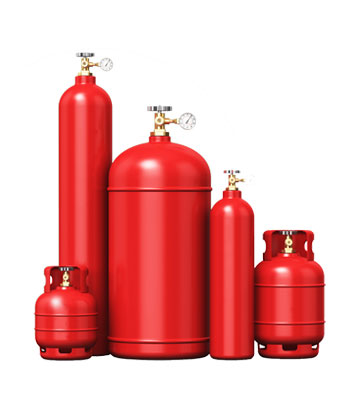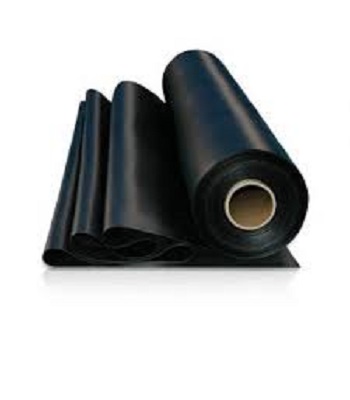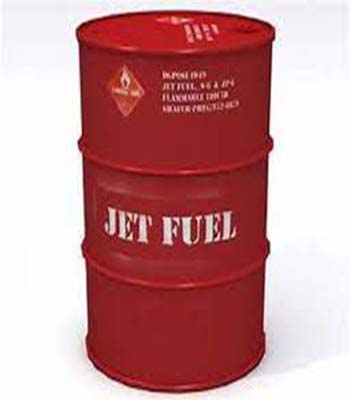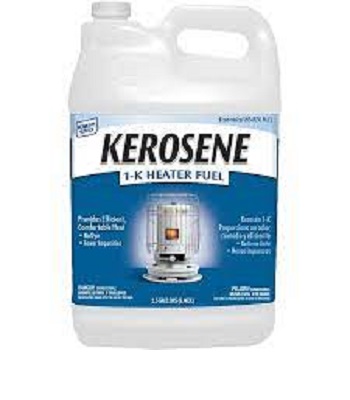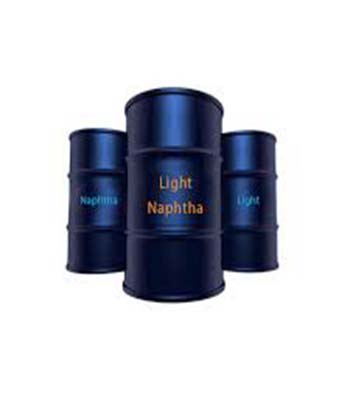Industrial tank Tavana Grp
0,00 €Tavana group is the biggest CNG storage tank producer in Iran and we are able to produce all size and capacity.
ISOGUM-DA -Bitumen & Tar
Iso Gam, Waterproofing of buildings, which was traditionally done with asphalt and bitumen until the last forty years, with the advent of waterproofing and the advantages of this type of insulation, these insulations gradually gave way to these. Today, in most buildings, whether in the foundation stage or in the insulation of walls, services, and roofs, insulation is done with a layer of iso gum waterproofing.
ISOGUM-NI – Bitumen & Tar
0,00 €Iso Gam, Waterproofing of buildings, which was traditionally done with asphalt and bitumen until the last forty years, with the advent of waterproofing and the advantages of this type of insulation, these insulations gradually gave way to these. Today, in most buildings, whether in the foundation stage or in the insulation of walls, services, and roofs, insulation is done with a layer of iso gum waterproofing.
ISOGUM-SE -Bitumen & Tar
0,00 €Iso Gam, Waterproofing of buildings, which was traditionally done with asphalt and bitumen until the last forty years, with the advent of waterproofing and the advantages of this type of insulation, these insulations gradually gave way to these. Today, in most buildings, whether in the foundation stage or in the insulation of walls, services, and roofs, insulation is done with a layer of iso gum waterproofing.
Jet fuel
0,00 €This fuel in terms Of distillation range, is very similar to kerosene. The fuel is produced by appropriate additives, refining and treatments. Because of high flash point (More Than 40 Degrees Celsius), it is acceptable to use it in turbine engines of airplanes.
This fuel is also called “Jet A-1”. Lead-Free Paraffin (Or Jet A) is similar to gasoil and it’s possible to Use it not only in jet motors but also in diesel motors.
Jet fuel-Jet A
0,00 €Jet fuel or aviation turbine fuel (ATF, also abbreviated avtur) is a type of aviation fuel designed for use in aircraft powered by gas-turbine engines. It is colorless to straw-colored in appearance. The most commonly used fuels for commercial aviation are Jet A and Jet A-1, which are produced to a standardized international specification. The only other jet fuel commonly used in civilian turbine-engine powered aviation is Jet B, which is used for its enhanced cold-weather performance.
Jet fuel-Jet B
0,00 €Jet fuel or aviation turbine fuel (ATF, also abbreviated avtur) is a type of aviation fuel designed for use in aircraft powered by gas-turbine engines. It is colorless to straw-colored in appearance. The most commonly used fuels for commercial aviation are Jet A and Jet A-1, which are produced to a standardized international specification. The only other jet fuel commonly used in civilian turbine-engine powered aviation is Jet B, which is used for its enhanced cold-weather performance.
Kerosene
0,00 €Kerosene, also known as paraffin, lamp oil, and coal oil (an obsolete term), is a combustible hydrocarbon liquid which is derived from petroleum. It is widely used as a fuel in aviation as well as households. Its name derives from Greek: κηρός (keros) meaning “ wax“, and was registered as a trademark by Canadian geologist and inventor Abraham Gesner in 1854 before evolving into a genericized trademark. It is sometimes spelled kerosine in scientific and industrial usage.
Kerosene-KeroseneC9-C16
0,00 €Kerosene, also known as paraffin, lamp oil, and coal oil (an obsolete term), is a combustible hydrocarbon liquid which is derived from petroleum. It is widely used as a fuel in aviation as well as households. Its name derives from Greek: κηρός (keros) meaning “ wax“, and was registered as a trademark by Canadian geologist and inventor Abraham Gesner in 1854 before evolving into a genericized trademark. It is sometimes spelled kerosine in scientific and industrial usage.
Lever handle Gas Ball Valve Gas equipment
0,00 €| Model : | 400 |
| Company name : | Iran Gas Valve |
| Packaging : | – |
| Minimum order : | 1 |
| Standard : | – |
| Production power : | – |
Light Naphtha-Naphtha
0,00 €Naphtha is a flammable liquid hydrocarbon mixture. Mixtures labeled naphtha have been produced from natural gas condensate, petroleum distillates, and the distillation of coal tar and peat. In different industries and regions naphtha may also be crude oil or refined products such as kerosene. Mineral spirits, also historically known as “naphtha”, is not the same chemical.



